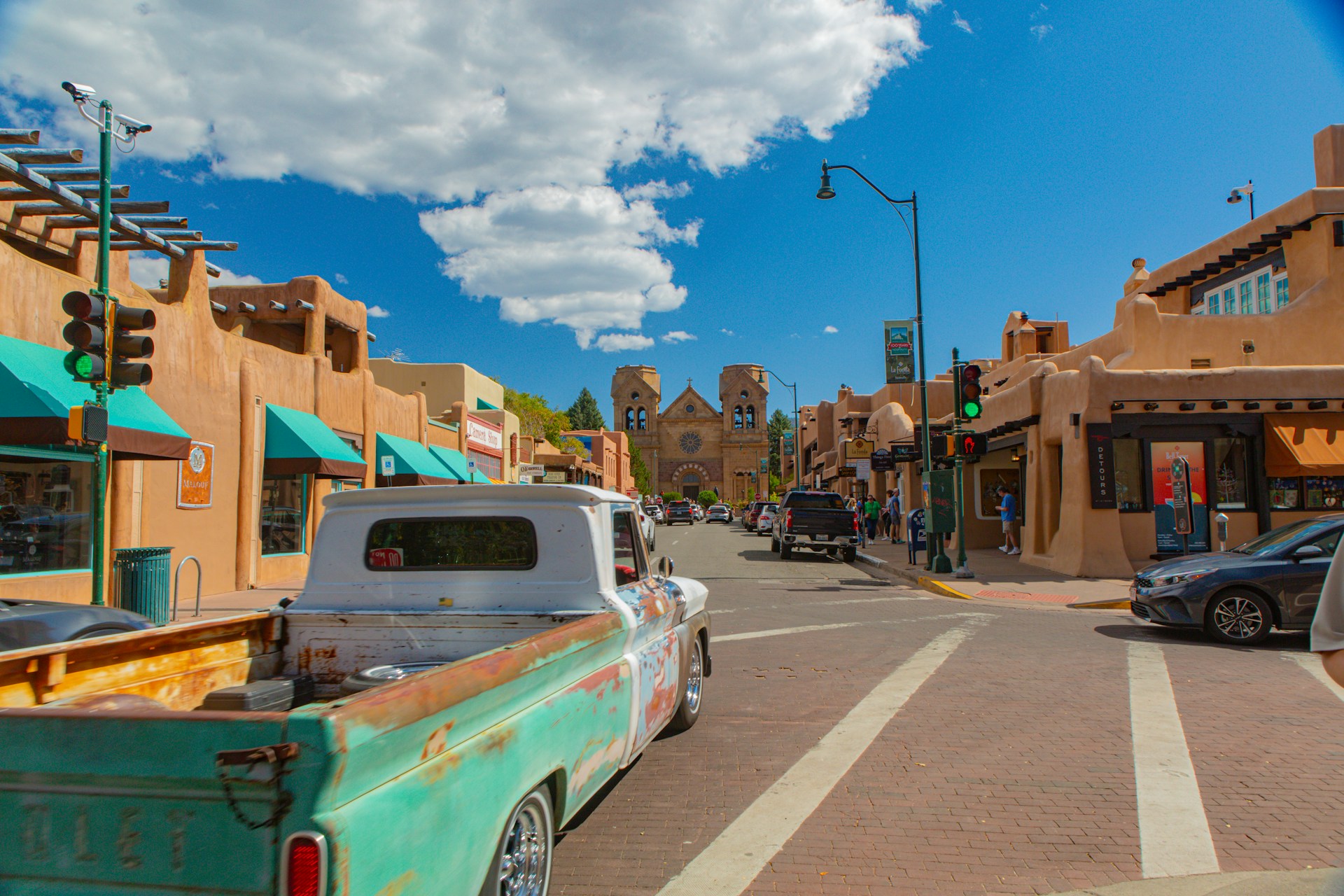U.S. News
These 10 States Scored Lowest for Quality of Life in 2025
By Jake Beardslee · August 19, 2025

These 10 States Scored Lowest for Quality of Life in 2025
A new WalletHub analysis has put a spotlight on the challenges facing certain parts of the country. While some states boast strong economies, robust public services, and high quality of life, others continue to struggle across key measures.The study evaluated all 50 states using what it calls “key indicators of livability.” These included housing affordability, employment opportunities, healthcare outcomes, educational attainment, crime rates, and general quality of life. Data came from federal sources such as the U.S. Census Bureau, Bureau of Labor Statistics, and Centers for Disease Control and Prevention, as well as economic research councils.
WalletHub analyst Chip Lupo explained, “When deciding on a place to move, you should first consider financial factors like the cost of living, housing prices and job availability. Many states have strong economies, though, so you should also consider a wide variety of other factors, such as how where you live will impact your health and safety, and whether you will have adequate access to activities that you enjoy.”
Based on these criteria, the following 10 states ranked lowest in 2025. geralt / Pixabay
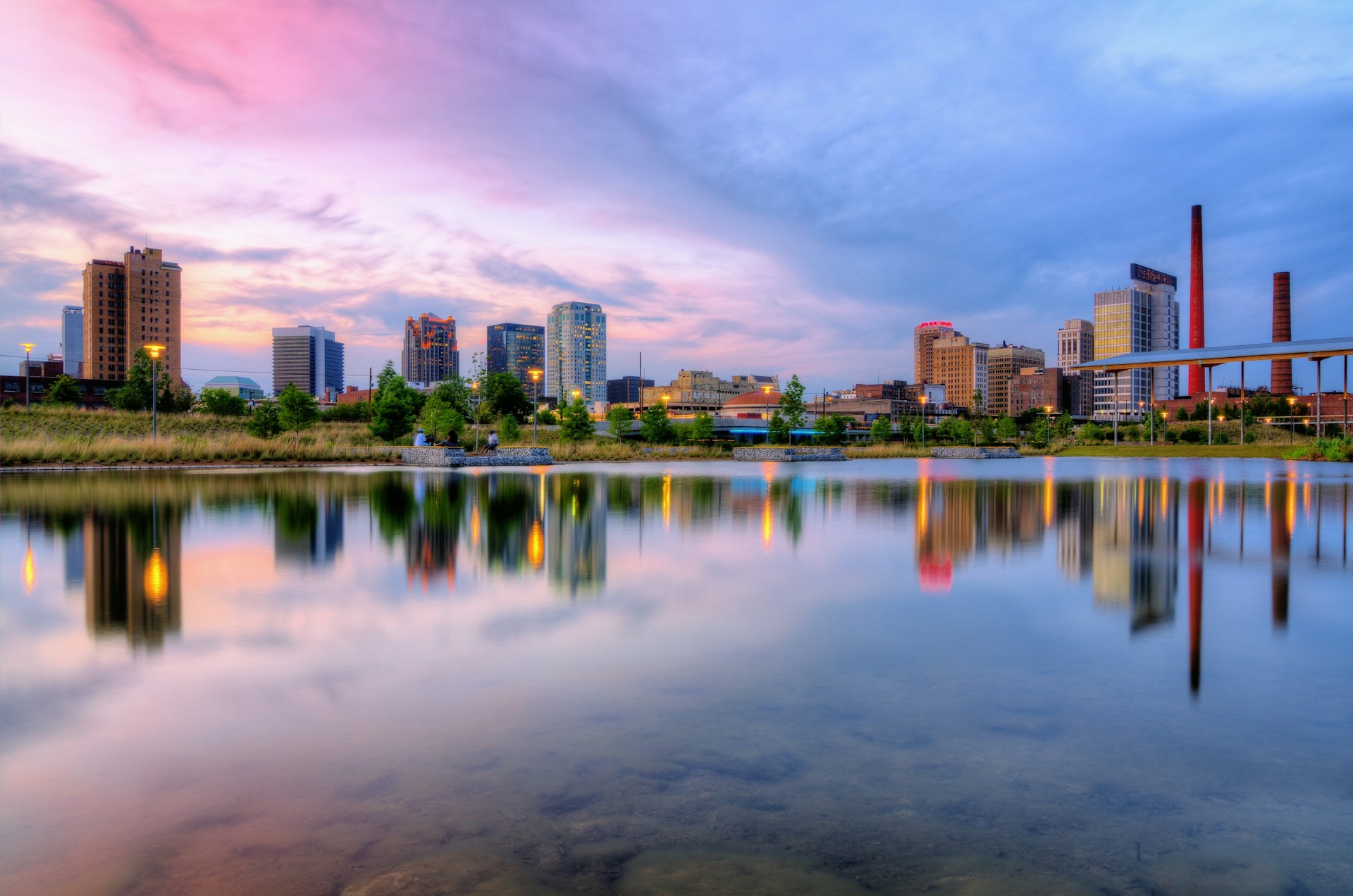
10. Alabama
Alabama received high marks for affordability, topping the list for factors like homeownership rate and relatively low property taxes. But those strengths were offset by steep weaknesses elsewhere. The state’s education and health outcomes ranked among the nation’s worst, with Alabama placing near the bottom for life expectancy and high school graduation rates. Adding to these struggles, Alabama’s economy was assessed as the ninth weakest overall, weighed down by unemployment and poverty. Zach Farmer / Unsplash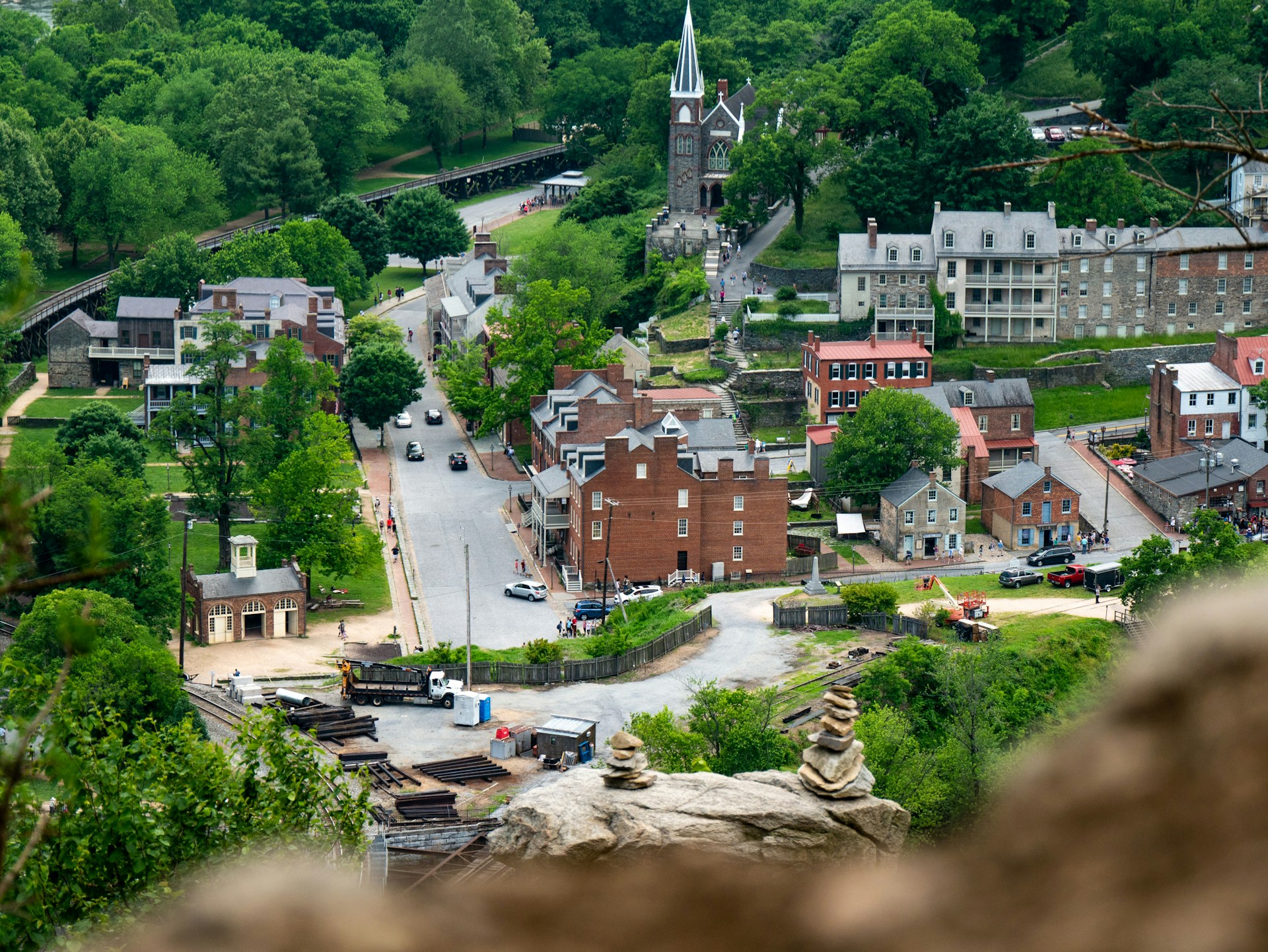
9. West Virginia
West Virginia boasts the highest homeownership rate of any state and ranked second overall in affordability. It also has one of the lowest crime rates in the U.S. But these positives are overshadowed by stark challenges. WalletHub found West Virginia to have one of the highest poverty rates in the country, as well as poor performance in education and healthcare. Quality of life metrics also placed the state among the bottom tier, making it difficult for many residents to thrive despite the relatively low cost of living. Kevin Ku / Unsplash
8. Oklahoma
Oklahoma ranked low on the education and health index, placing seventh worst overall. It also has the second lowest rate of insured residents, trailing only Texas. Public school resources and safety were another red flag, with Oklahoma ranking near the very bottom in national comparisons. While affordability remains reasonable, the lack of robust healthcare coverage and education quality poses long-term obstacles for the state’s population. Gerson Repreza / Unsplash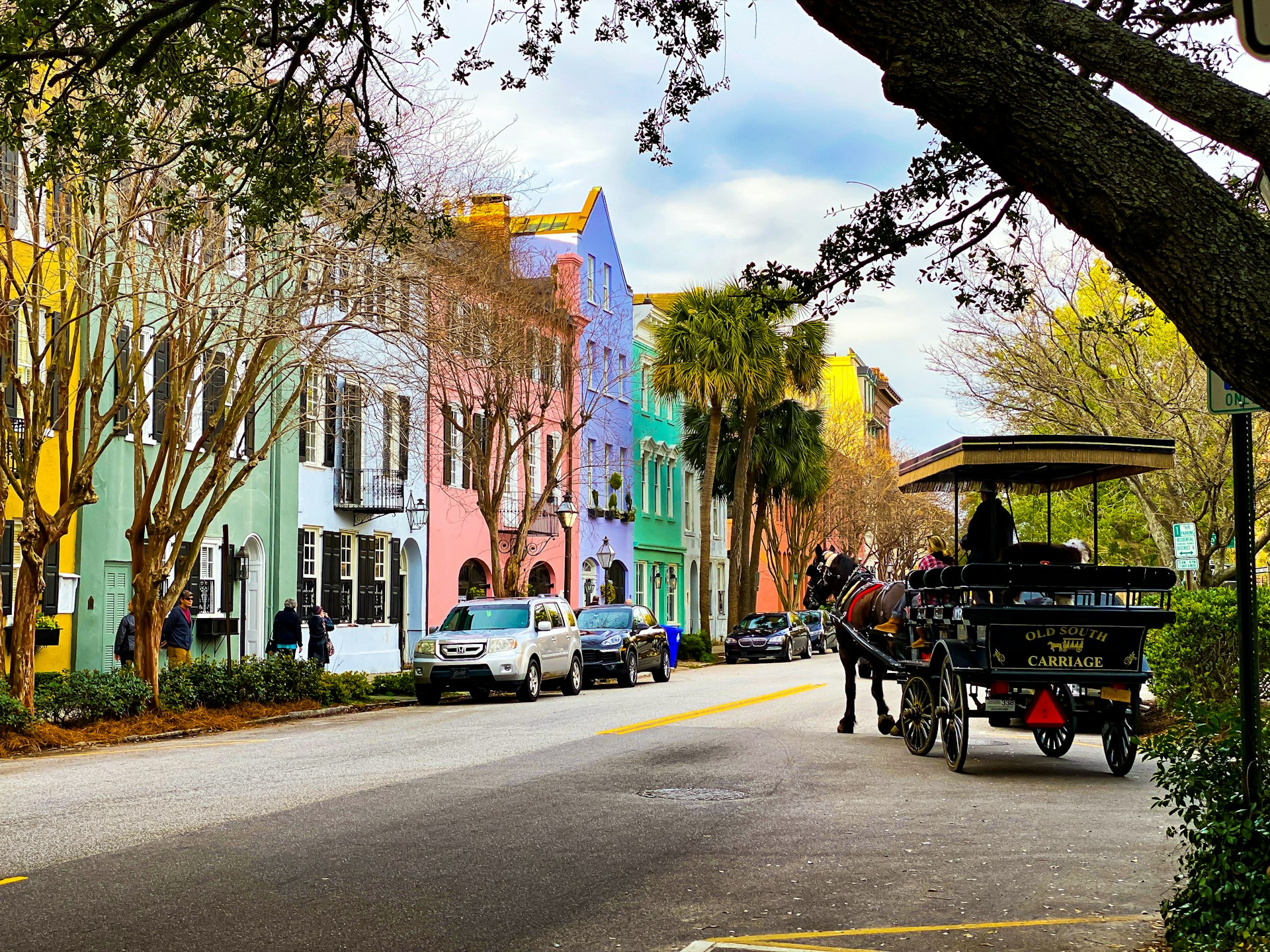
7. South Carolina
South Carolina made it into the top 10 most affordable states, but affordability could not compensate for deeper systemic issues. It was ranked the fifth most unsafe state, reflecting higher crime rates and safety concerns. The state also landed in the bottom 10 for education and health, undercutting its appeal for families and individuals looking for long-term stability. These weaknesses drag down the state’s livability despite reasonable housing costs. Leo Heisenberg / Unsplash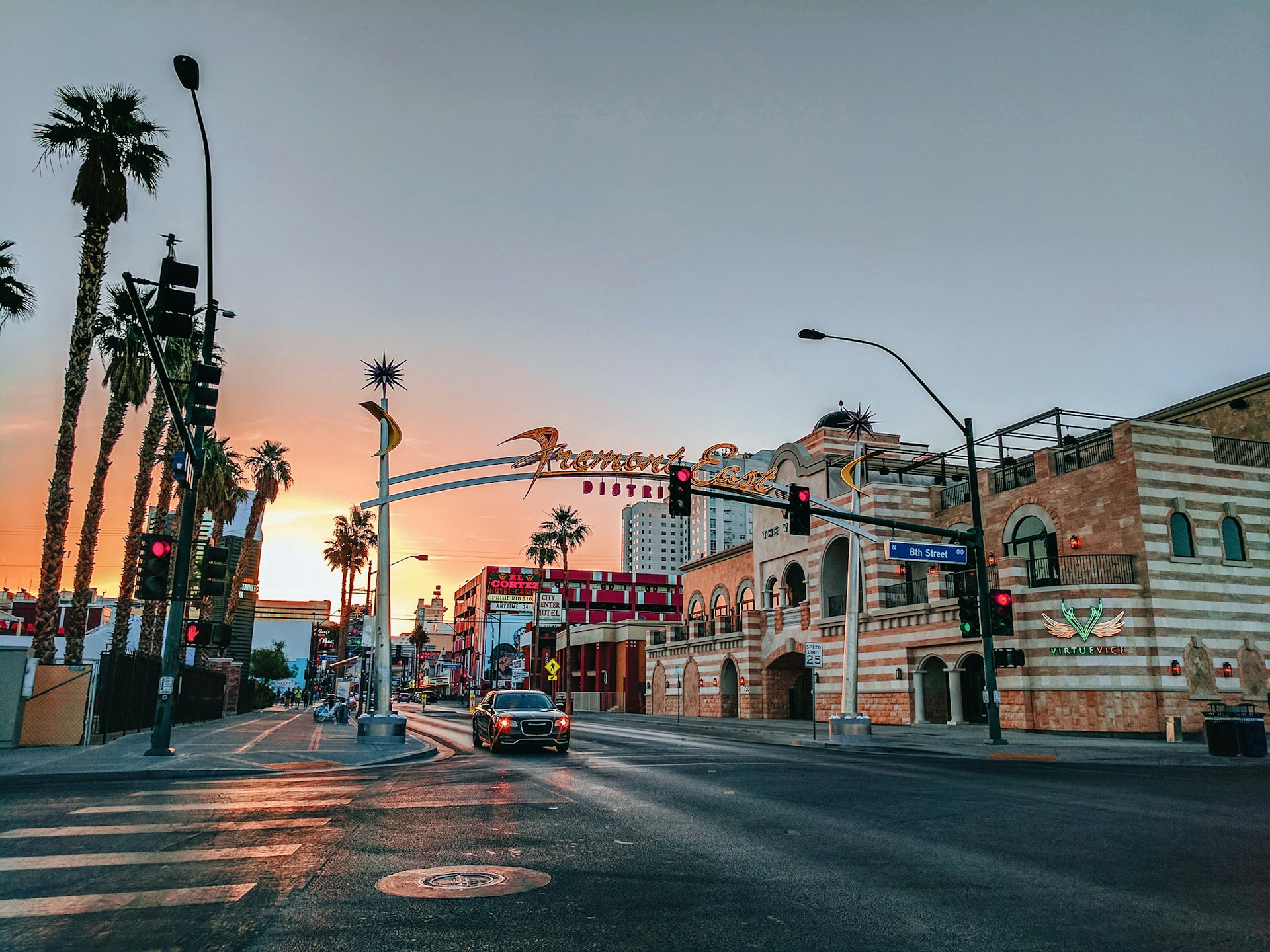
6. Nevada
Nevada’s struggles stem primarily from housing costs. With the third lowest homeownership rate and third highest housing expenses, residents face a steep affordability challenge. The state’s economy also performed poorly, ranked seventh worst nationally. Compounding these issues, Nevada fell into the top 10 most unsafe states, highlighting public safety concerns that further reduce overall quality of life. Juliana Malta / Unsplash
5. Alaska
Alaska earned the lowest ranking in quality of life and income growth, according to WalletHub, and was also singled out by CNBC as the worst state for business. Residents work more hours per week than in any other state, while access to restaurants and leisure amenities is limited. These factors make day-to-day life more difficult despite Alaska’s strong showing in the economy category, where it ranked fourth overall. The mismatch between economic potential and livability remains a central challenge. Zetong Li / Unsplash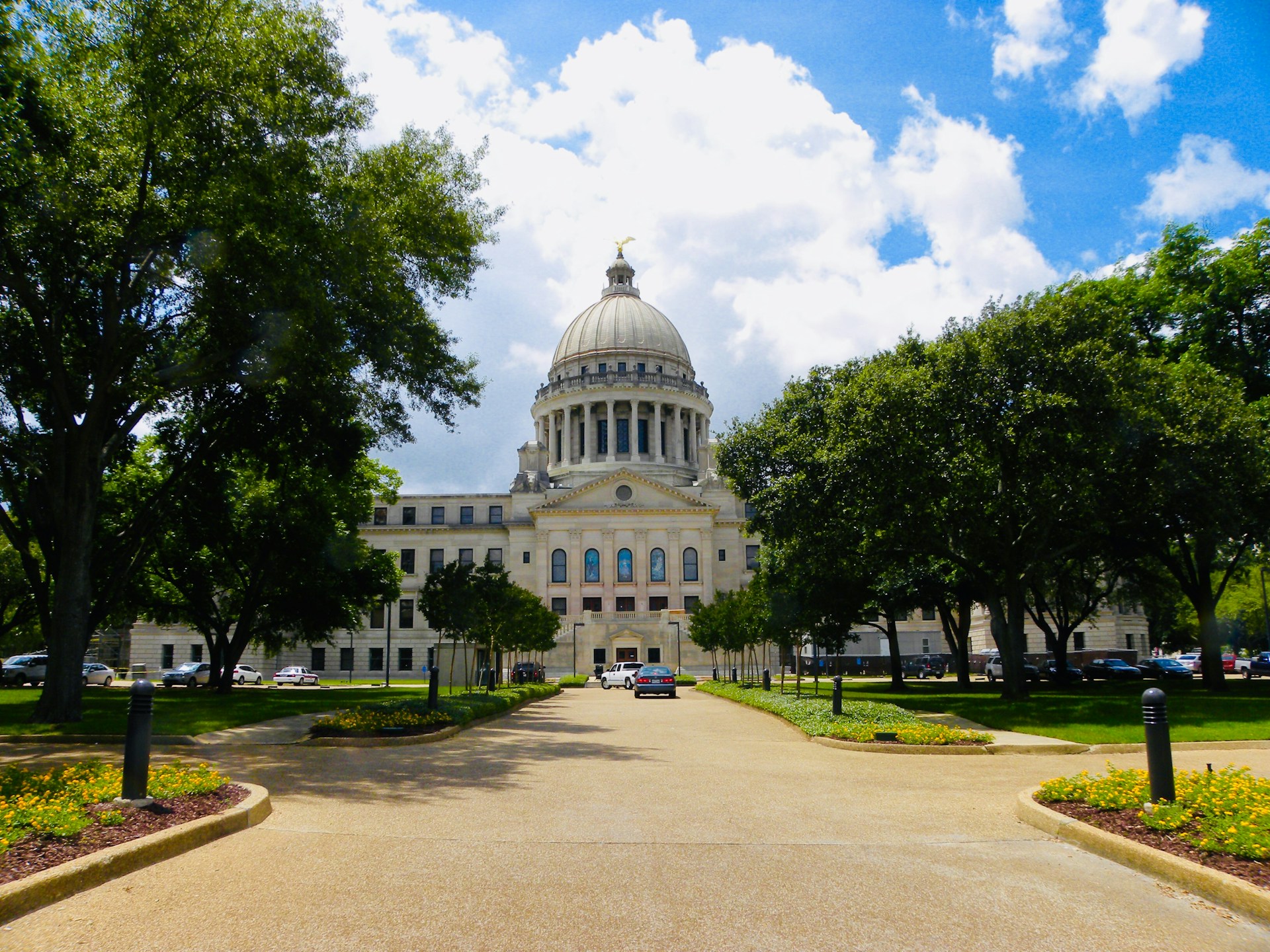
4. Mississippi
Mississippi came in as the second lowest for quality of life and fell within the bottom 10 for economic strength. Though relatively affordable, the state is weighed down by high poverty rates and weak educational attainment. Mississippi residents work among the longest hours nationally while also experiencing one of the lowest levels of health insurance coverage. Adding to this, the state’s average credit score is the lowest in the country, further highlighting systemic financial strain. Pieter van de Sande / Unsplash
3. Arkansas
Arkansas ranked third worst for quality of life and landed in the bottom tier for safety, education, and health outcomes. It was also ranked among the most unsafe states in the U.S., further compounding its challenges. Weak economic performance and high poverty rates have limited opportunities for growth and contributed to its position among the least livable states in the nation. Claud Richmond / Unsplash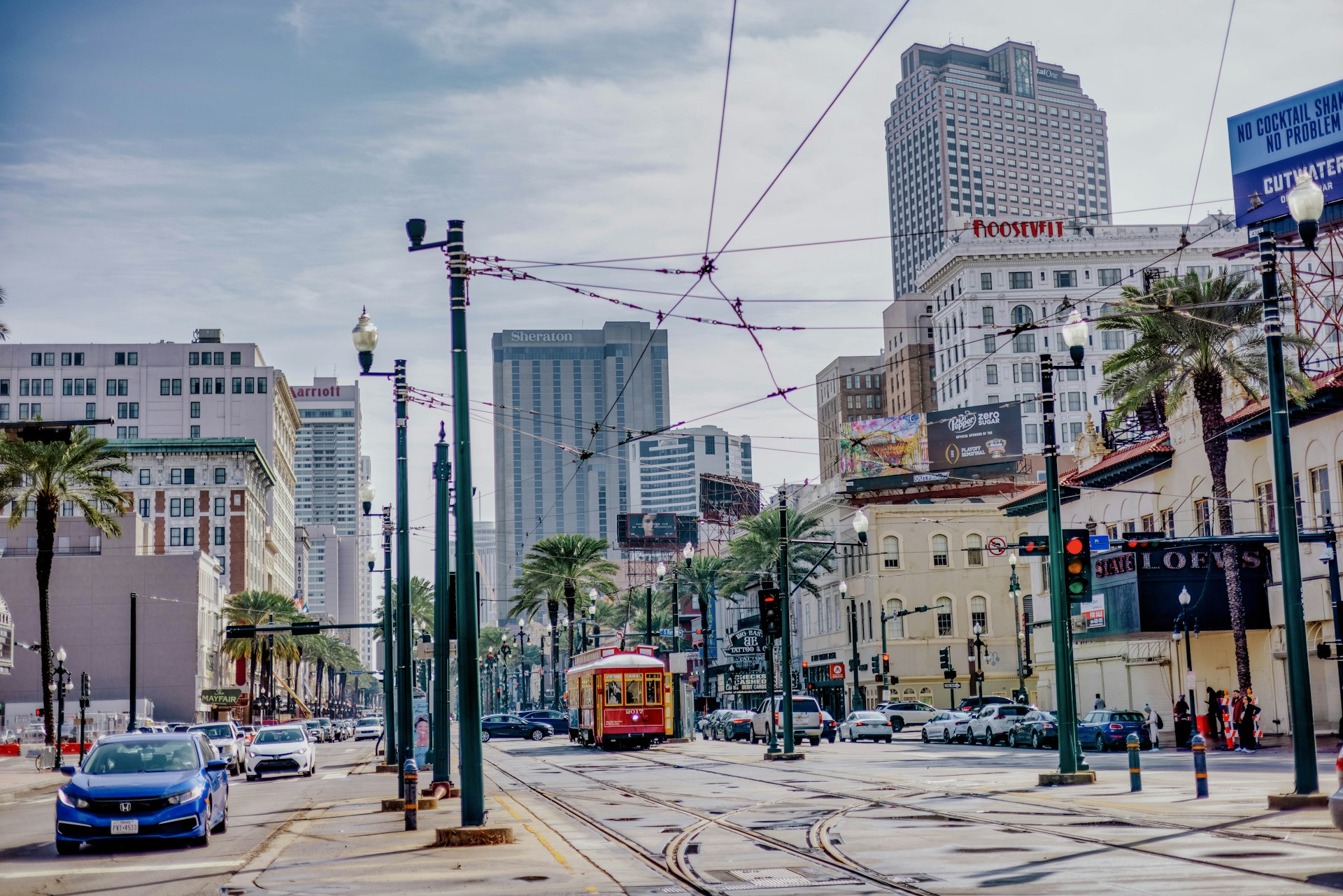
2. Louisiana
Louisiana was ranked as the worst state in the country for economic performance, with poor outcomes in poverty, job growth, and wages. It also placed second worst in education and health indicators. The state recorded the third highest crime rate nationally, while residents worked longer hours per week than most other states. Though affordability was not as severe a problem as in some states, these combined factors led to Louisiana’s position as the second least livable state. Sunira Moses / Unsplash